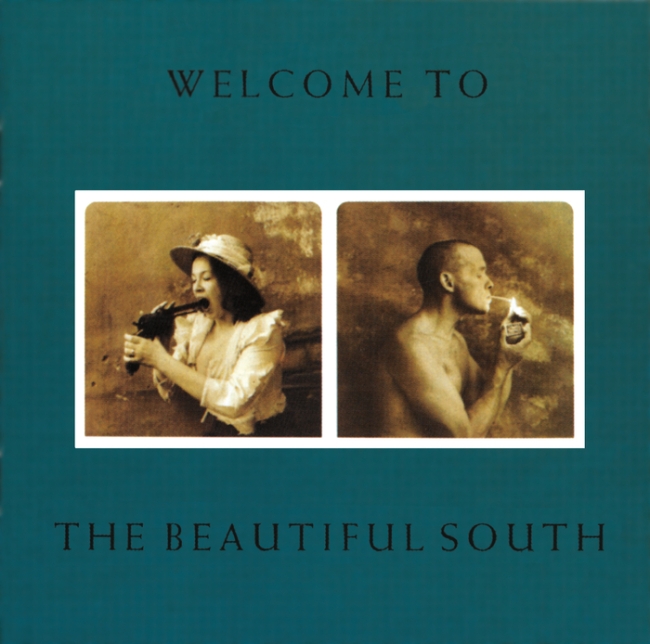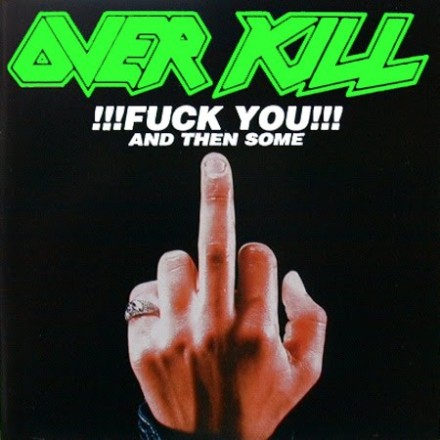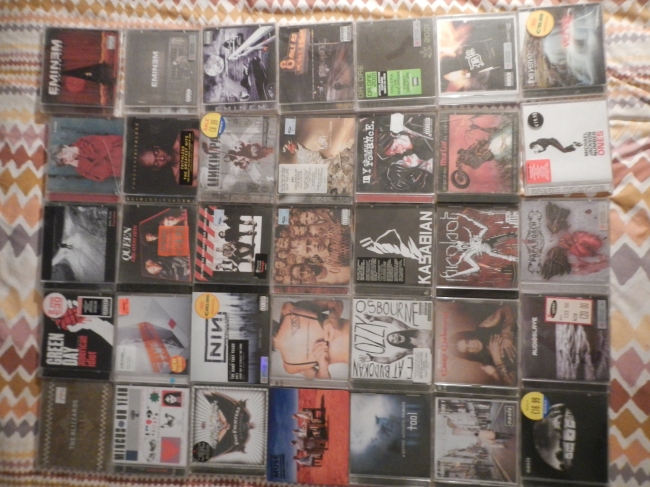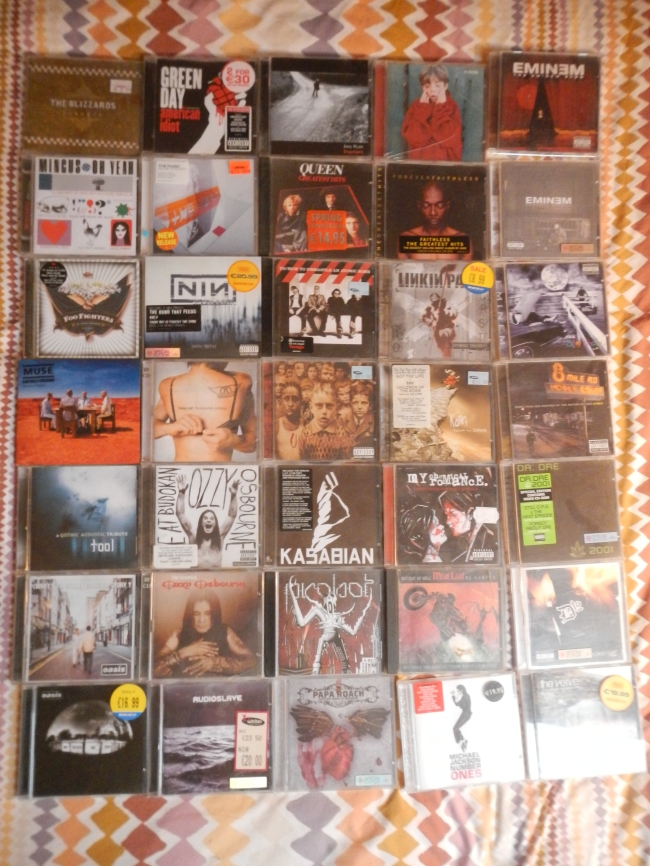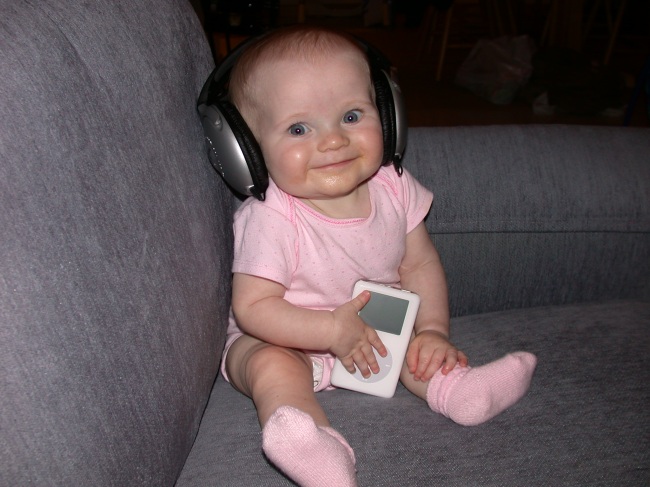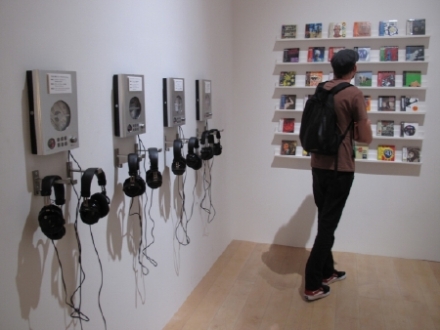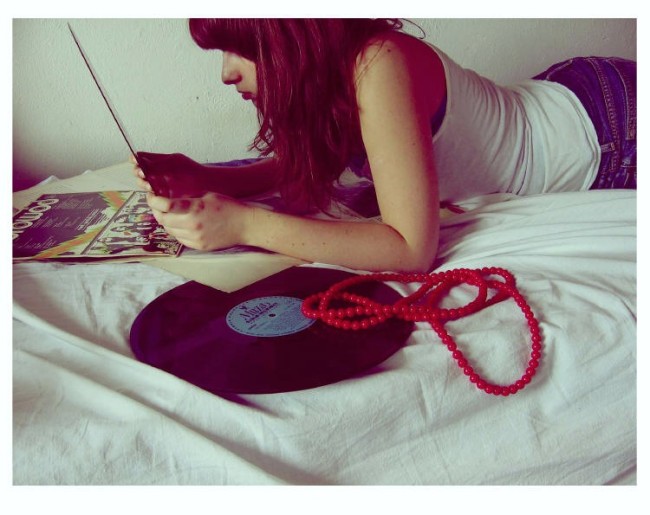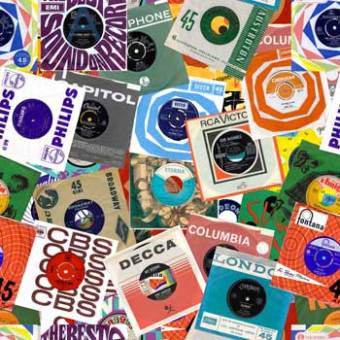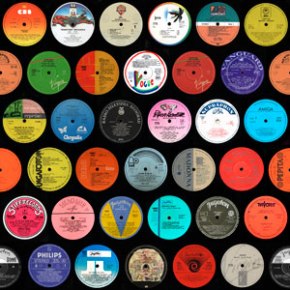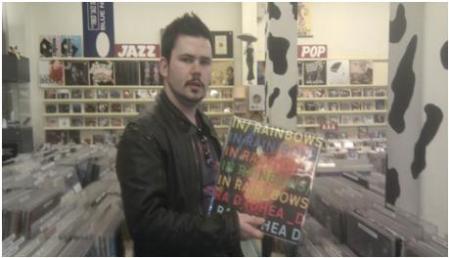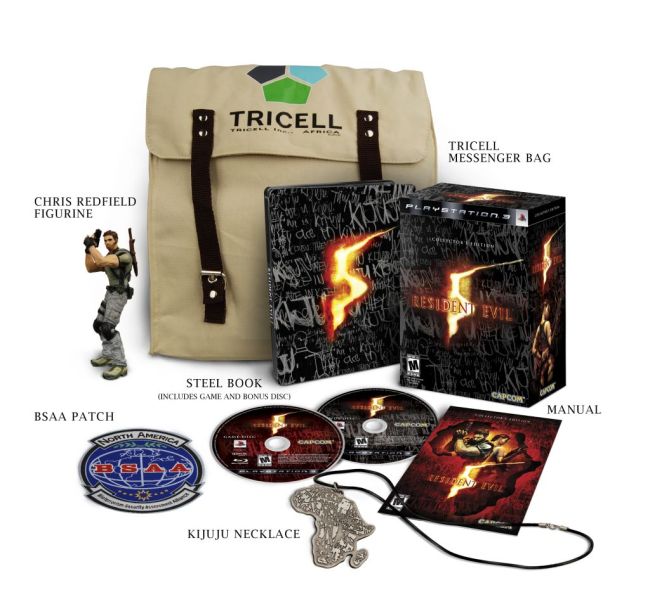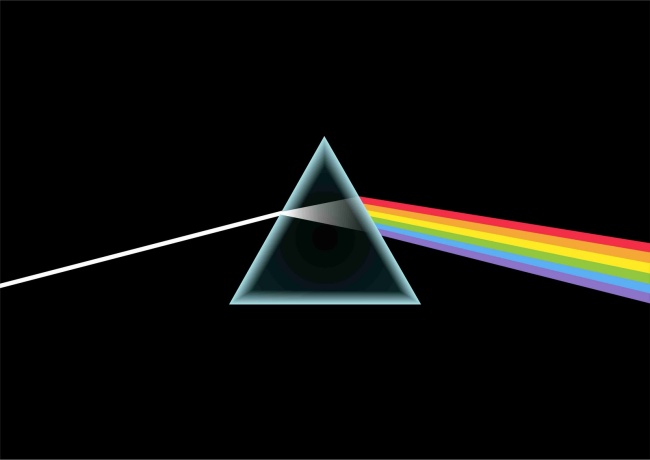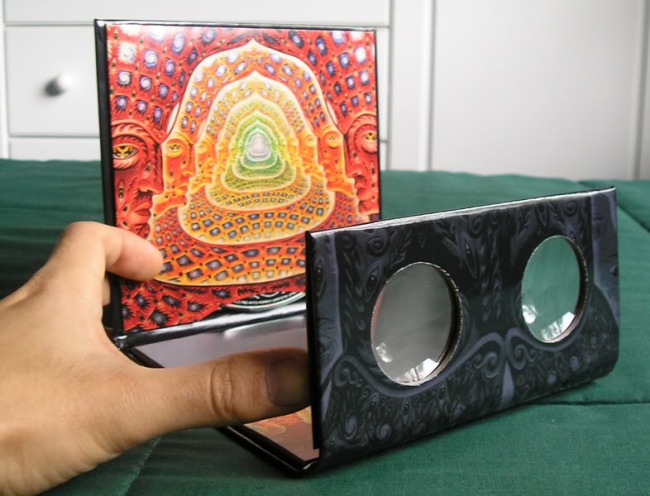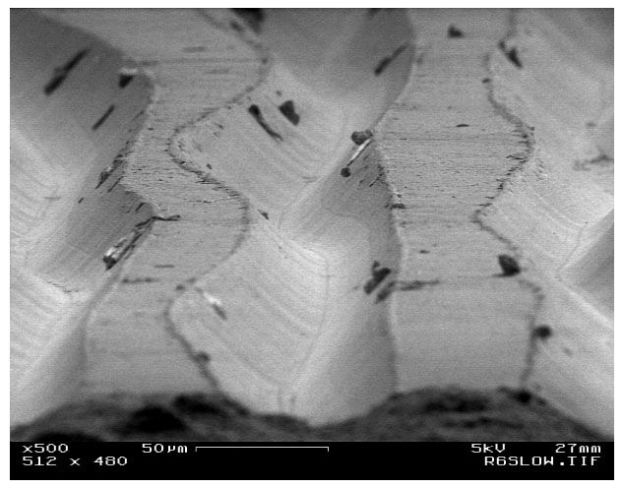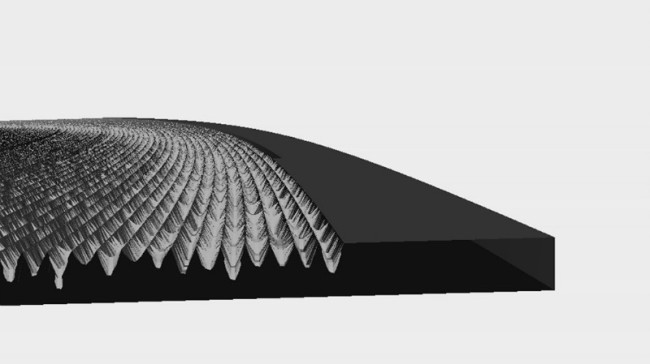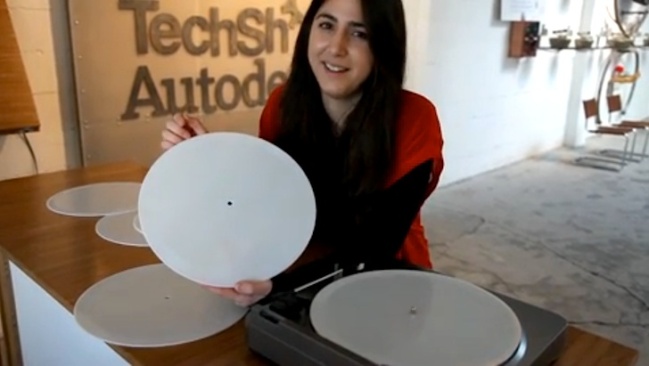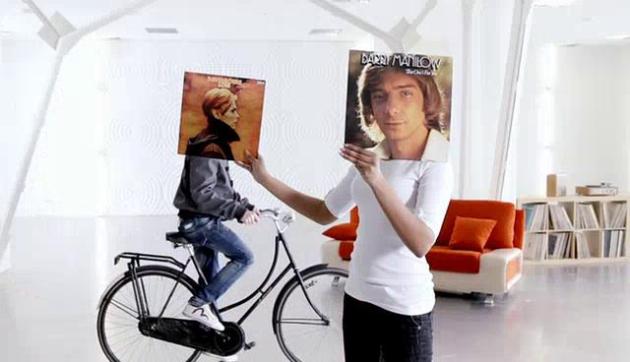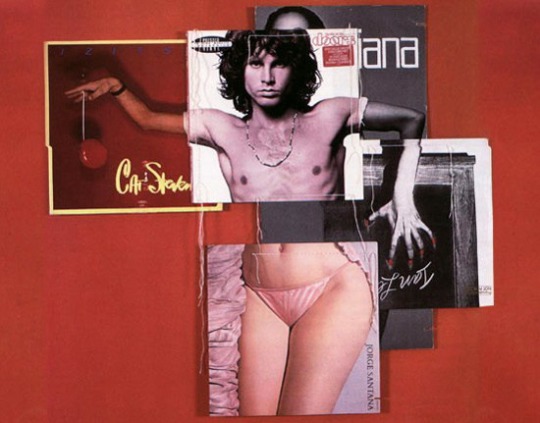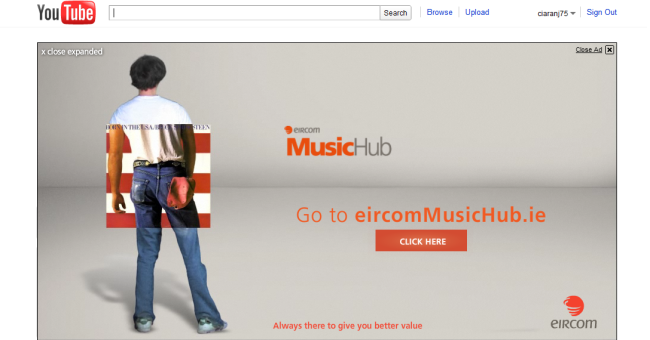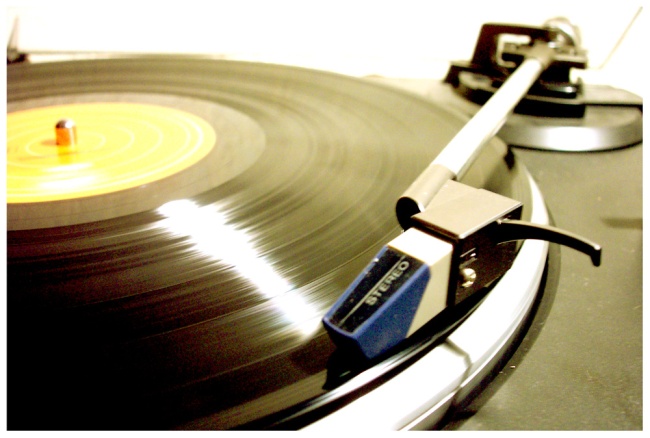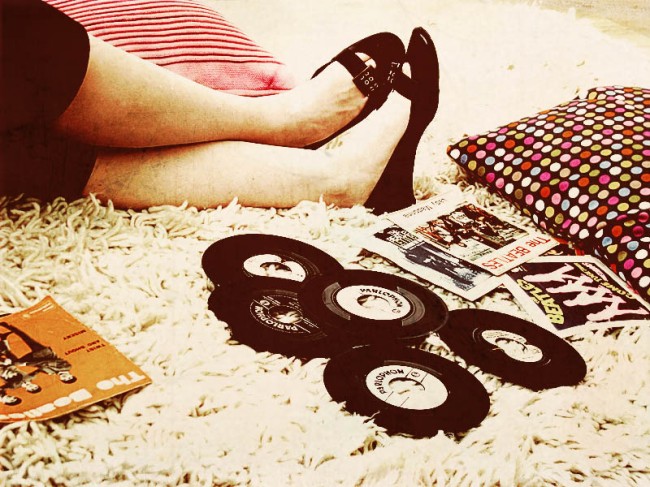Contemporary Design Culture
Artefacts in Music, the Psychical having of Discs and Covers.
Edit:~ This week the Receivership of Xtravision in Ireland was announced (times, 2013). In January we lost HMV. Physical music is an industry in decline. I for one will lament its passing.~
In today’s digital world where music is stored as numbers on a hard drive or tucked away on ‘the cloud’, it is often with nostalgia that we look back at the music collections we accumulated before iPods, Napster and MP3s made our musical life portable and disposable.
Figure 1. Album cover art has long been a medium for communicating messages about the band, the record, or society in general.
I was born in the 80s, grew up listening to my mother’s CDs in the kitchen on her CD /cassette tape/ Radio. Kris Kristofferson, Queen, Meat Loaf, ‘A Woman’s Heart’, Lenard Cohen, U2, Thin Lizzie, Roy Orbison, and a host of other CDs were stacked beside the black rugby ball shaped player (Sharp, if I’m not mistaken.) My older brother and I would stay up late in the kitchen listening to the music and picking out what song we would listen to next, then my mother would say one more song each and we had to go to bed. He would invariably pick Sting and The Police or Eurythmics, and then try to influence my song too. I would pick something like Meat Loaf’s ‘You took the Words Right Out of my Mouth’, as its intro meant that I really had played two tracks, and I had somehow bested the system. These are some of the happiest memories from my childhood, and as a young man I look fondly on the time spent in my pyjamas sitting on the kitchen table reading/holding the cases the CDs came in. Hearing the music brings me right back, and I really can’t imagine it being quite the same scrolling through an iPod menu or typing artist names into a search engine.
Figure 2. Part of my CD collection (from when I still bought CDs….)
Let’s say I have kids in years to come, how do I give my music to them, on a hard drive? Do I say ‘go onto Soundcloud and look up Them Crooked Vultures’? Hand them my iPod and say ‘it’s on the UL second year playlist’?
Figure 3. Discovering music was a big part of my childhood. Will that be as easy for my children?
I played in two Bands and a school Orchestra, and have music we played saved on my computer. We went recording on five separate occasions, and we got one session made into CDs. This was in 2010, way after I stopped buying CDs. Why did we make a CD then? I think the truth was we wanted validation. Before you had a physical hard copy of the music you made, you were still bedroom rockers. Having an actual hard copy you could show your friends, sell at a gig (or send to the local radio station) meant you were actual musicians. It also meant that the music would be available long after the laptops died, the hard drives corrupted, and the websites taken down. But it also gave an opportunity to present a printed package with our music, to say a little about us and give a little context maybe. We paid a company in England to produce 100 copies of the 5 track EP as a Digipack, or cardboard sleeve. I assembled the artwork from work a friend of ours had done in NCAD during her undergrad studies. We wanted something moody and obscure, and went with an almost purely greyscale colour scheme. I taught myself how to use a vector based imaging package to get the artwork just right for the printers. In the end, we had something that we had done ourselves that would fit on the shelves beside the work of our idols. We also paid a company to host the files online so we could get it onto the iTunes store. (Search ‘Emptyhead’ on the iTunes store, it’s the first one that comes up) .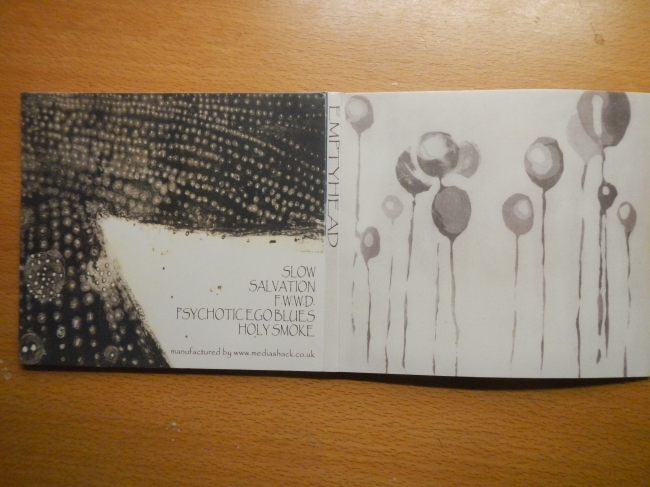
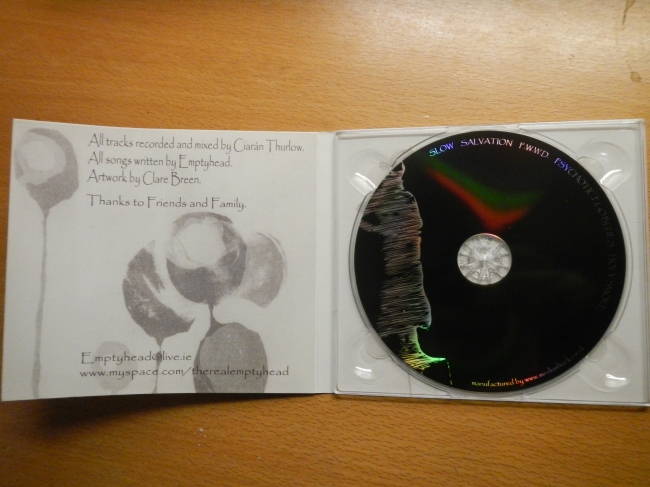
Figure 4. the CD I produced with my band, Emptyhead
You’re wondering where I’m going with this. How we receive music today has changed for the worse. The experience of walking into a music shop and sifting through the cases for something that catches your eye is one I used to love, I would spend a good half hour in my local shop every time I was in town just being surrounded by fellow musicians, music lovers and likeminded people. I would talk to the assistants and learn about the artists, hear stories of when the guy met Bob Dylan, or worked as a roadie for Oasis. I would see the guys in bands leaving in gig posters and try get the shop to sell their music. There were posters and badges and merchandise. There was a real sense of community. Now if I’m browsing music it’s either on some illegal download site or on the hard drive of a friend who happened to have the files I wanted.
Figure 5. Music shops, where likeminded people hang out and trade ideas
I recently took a trip to Holland, and was on an errand with a friend to drop a package to a record shop her sister’s friend works in. The shop sold vinyl records, and leafing through the sleeves was like stepping back into my teenage years. I saw my mother’s generation, 1960-1980 and some speciality sections, jazz and blues mostly. Then I noticed other modern day bands. ‘The Resistance’ by Muse, released in 2011. ‘Them Crooked Vultures’, released 2009. ‘Broken Boy Soldiers’ by The Raconteurs released 2006. This is the music of my generation, on a format that has been obsolete for decades. What is making these artists publish on such an obscure medium when the music sales industry is collapsing all around them?
It’s precisely because the user experience with digital music is so poor that we are reverting to more pleasant methods. Vinyl has to be king of the music formats. Nothing beats the hum of needle on tracks, the crackle before the track begins, the depth of sound produced by grooves in plastic. I remember playing with an old record player in my Granddad’s house, speeding up the tracks for different disk sizes, or slowing the rotation with my fingers. The horrified yells of ‘you’ll scratch it!’ from my aunt, watching her collection become needle fodder from a six year old. Typically people have a dedicated setup for listening pleasure with a vinyl player, as opposed to the small, cheap, sonically deficient stereo speakers that the laptop manufacturer could get away with installing, or the rattley speakers on your car radio system. To an avid listener there is nothing more frustrating than hearing poor quality sound.
Figure 6. There packaging is almost as valuable as the music
I bought a record in the shop. It was my first time ever buying vinyl, and my first time paying for music in about eight years. I made a decision to purchase ‘In Rainbows’ by Radiohead, because in 2007 the band took the decision to let the person downloading the music decide themselves how much to pay. I paid nothing, and got the music for free, much like I had been doing with every other artist at the time, but this time I was telling the band I was doing it. I absolutely loved the album, and knowing Radiohead’s philosophy I felt no small amount of guilt for valuing the album so poorly. In a way I was getting much more than just a pressed sheet of plastic, I was sending a message to the artists that I cared about them. Does this make me feel better about spending almost twenty Euros for something I already got for free? Most definitely. My User Experience of the purchase was so much better, even if I didn’t have anything to play it on, and had to lug it all the back to Ireland on a Ryanair flight in my rugsack with my week’s provisions.
Figure 7. My first Vinyl…
When I was actually making the transaction, the friends I was there with were done with their business, just waiting for me. I brought the sleeve to the counter, and the guy asked if we could have a listen to it. I agreed, and we listened to the first two tracks. He compared the singer’s style to an artist I had never heard before from Canada, and some of the guitar sounds to another artist from America. He gave me the names, and we listened to some of the work by the American. Certainly there were similarities. And here I am enjoying myself talking about music, discovering artists and getting an education all at the same time. It was intimate in a way you just can’t experience with a computer screen and a mouse. And it took me like fifteen minutes to buy. Later on that trip we had a talk from the guys in the Phillips research centre on slow design, slowing down the parts we enjoy in life and enjoying them for longer. In my head, bells are ringing ‘BINGO, that’s exactly what happened in the record shop!’ that experience isn’t available online. It’s through interaction with people that we share and enjoy the music we listen to. It’s fine to say ‘I bought a new album on iTunes’ but the fact that you don’t have anything to hold and own is really off-putting and can devalue the transaction. If our concern is production for profit, or sales figures then we really need to make sure the customer gets the feeling that they got a good deal. They need to emotionally invest whilst financially investing.
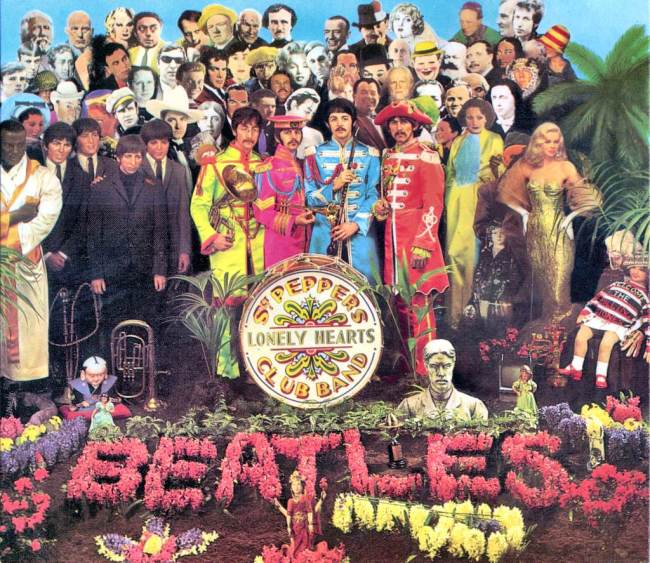
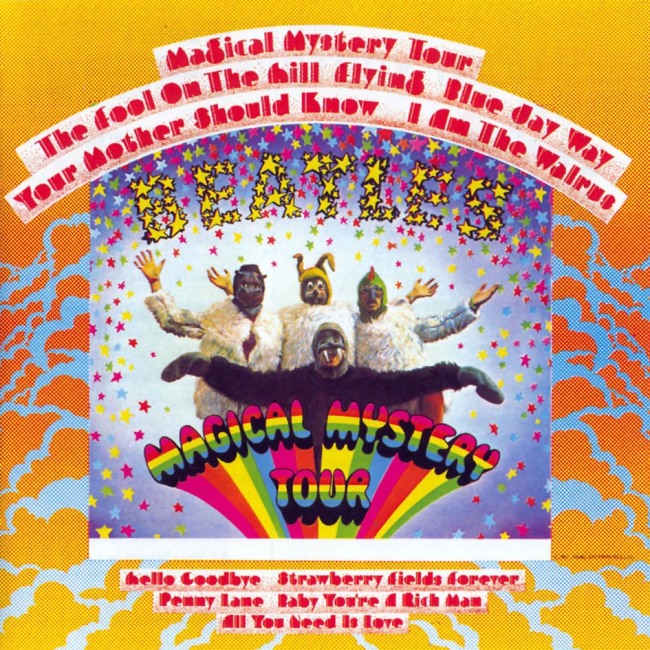 The Beatles originally wanted to release ‘Magical Mystery Tour’ ( as an interactive activity pack, with crayons and puzzles to do while listening to the music, having already pushed the idea of what a band can do on an album with Sgt. Peppers Lonely Heart Club Band earlier that year. Ultimately the idea was rejected because it pushed the price point for a record too high, and the record label felt it didn’t serve their interests enough to pursue it any further.
The Beatles originally wanted to release ‘Magical Mystery Tour’ ( as an interactive activity pack, with crayons and puzzles to do while listening to the music, having already pushed the idea of what a band can do on an album with Sgt. Peppers Lonely Heart Club Band earlier that year. Ultimately the idea was rejected because it pushed the price point for a record too high, and the record label felt it didn’t serve their interests enough to pursue it any further.
Figure 8. Box sets are a great way of pushing the price point up on purchases of CDs, DVDs and Video games.
Today, many albums, video games, and DVDs come as a ‘deluxe edition’, with extended footage/game play/audio, and many times a selection of posters, figurines, and other artefacts related to the release. These deluxes cost more, but enthusiastic fans pay more because they want to connect more to the product. Limited edition pressings and film frames can often fetch a high price long after the release date as collector’s items. Try releasing a deluxe download, see how quick the extra footage makes it to YouTube. The fact that a vinyl record can’t be copied and shared online makes it precious. If you loan it to your friend, you are at the loss of it until you get it back. It is an object of desire. If my friend wants to give me the music from his hard drive, I ask what size it is. I am limited in the size of my collection by the capacity of whatever it is I store it on. My iPod is full, so I can’t download that new Ke$ha single. Pity.
It’s not all bad, we don’t have to carry a pouch full of CDs or tapes with us on the bus for our diskman/walkman, but we do lose out on having that CD case to get signed backstage at the concert. I can’t wait for the day I see an iPod autographed by P Diddy or Lady Gaga for sale on eBay.
I recently saw a news piece about music sales figures, following HMV going out of business in Ireland. People buying vinyl in shops in England were receiving the songs synced to their cloud/iTunes store when they purchased the physical copy at no extra cost (Johnson, 2013). The guy can walk out the door listening to the song he just bought on his iPhone, with the disk and artwork in his bag to peruse on his commute home. Excellent, best of both worlds. He gets the ease of digital with the pleasure of owning the hardcopy for the same price. The music industry is reacting, albeit only to stem the flow of money haemorrhaging out of their pockets into Apple’s coffers. When Apple decided music was its thing, they didn’t ask anyone for permission, they didn’t check to see if Geffen records were ok with it beforehand. They went out and took it. They made it so easy to do music their way, they damn near collapsed the distribution industry. They sold the players, they sold the music, they sold the headphones and they controlled who they sold. They created an overnight monopoly, and left the CD manufacturers with their trousers down and wallet empty. But they couldn’t compete with the feeling of just having it in your hands, having it on your CD case, having it spinning on your deck.
Ever been to a party where the music is on an iPod? Suddenly everyone is the DJ and the listening experience is about as continuous as the light from a lighthouse. ‘Did you hear the remix of that? It’s on my iPod, let me plug it in’, after twenty seconds of the song. Maybe I’m an old fogie living with whizz kids, but I find it hard to relate to an artist whose work has been truncated and bastardised almost out of recognition. Who remixed it? ‘Haven’t a clue, it was on exfm yesterday and I just clicked LOVE.’
The physical artwork of albums is iconic, you can see the prism splitting light on a black background, and think ‘pink Floyd’, but C:\\users\cathal\music\pinkfloyd\darksideofthemoon hasn’t the same effect at all. Visual and auditory memory are so strongly linked that many companies now have music instead of a slogan. McDonalds have had that ‘bah da bap BAAH DAH’ theme since Justin Timberlake first did it in one of their ads in 2005. You see the image, and you think cheeseburger.
With music it’s exactly the same. Band logos are the graffiti on every pencilcase, schoolbag and copybook from here to China. Prince even changed his name to a symbol because it was on the front of all his records, how would you go about typing that into a searchbar? American hard/alternative rockers Tool released ’10,000 days in 2006 As a CD, with an inbuilt 3D photo album of artwork done by Alex Grey, visible by using the inbuilt stereoscopic glasses in the case. It nicely compliments the ‘expand your mind’ ethos touted by the band. The band’s lead guitarist and artistic director, Adam Jones won the 2006 Grammy for ‘best recording package’ for the album. (Acadamy, 2006)
Figure 9. Stereoscopic goggles inset in Tool’s album ‘10,000 Days’ Packaging
I recently saw a video online in which a student used a 3d printer to print a vinyl record playable on her stereo system. She had only the digital audio file to begin with, and had to translate that into the little bumps and groves a needle uses to make the sound (Aghessi, 2012). Granted, it wasn’t the best quality, but her 3d printer was the limiting factor, its resolution wasn’t high enough to go any smaller to make more accurate bumps. In the video she explained how a one minute audio file was a huge file with a massive resolution (200 mb), and how each song file was made up of about 4,000,000 triangular grooves aligned in spiral pattern. She saw it as the return and full circle from physical to digital and back again, as these 3d files could be copied and shared, like the mp3s we share today.
Figure 10. Amanda with the 3d printed record, and snapshots of the audio (physical) file
Social impact. The things we use everyday don’t define us how we use them does. Its when we see somebody do something really clever or innovative that we can really appreciate the beauty of the things all around us. An internet phenomenon known as ‘sleevefacing’ became popular in 2006, where people put the sleeves of LP records in situ, making optical illusions. An advertisement for Eircom music hub’ on Irish TV in 2011 was an excellent illustration of this phenomenon.
Figure 11. Notable examples of Sleevefacing
We lost something when we stopped buying hard music, but we’re finally getting it back by pioneering artists making the stand to keep the experience alive, and enhancing it further by pushing the limits of what’s possible, and how we get our music. If we care about the customer, maybe he’ll car about our product, and maybe that’s worth something.
Works Cited
Acadamy, T.R. (2006) http://www.grammy.com, 31 dec, [Online], Available: http://www.grammy.com/nominees/search?artist=&field_nominee_work_value=&year=2006&genre=22 [2 may 2013].
Aghessi, A. (2012) instructables.com, 12 dec, [Online], Available: http://www.instructables.com/id/3D-Printed-Record/ [02 june 2013].
Johnson, B. (2013) Sky news, 20 april, [Online], Available: http://news.sky.com/story/1080623/vinyl-releases-help-boost-record-store-day [2013].
times, t.i. (2013) irishtimes.com, 01 may, [Online], Available: http://www.irishtimes.com/business/sectors/retail-and-services/xtra-vision-appoints-receivers-1.1376458 [02 may 2013].
